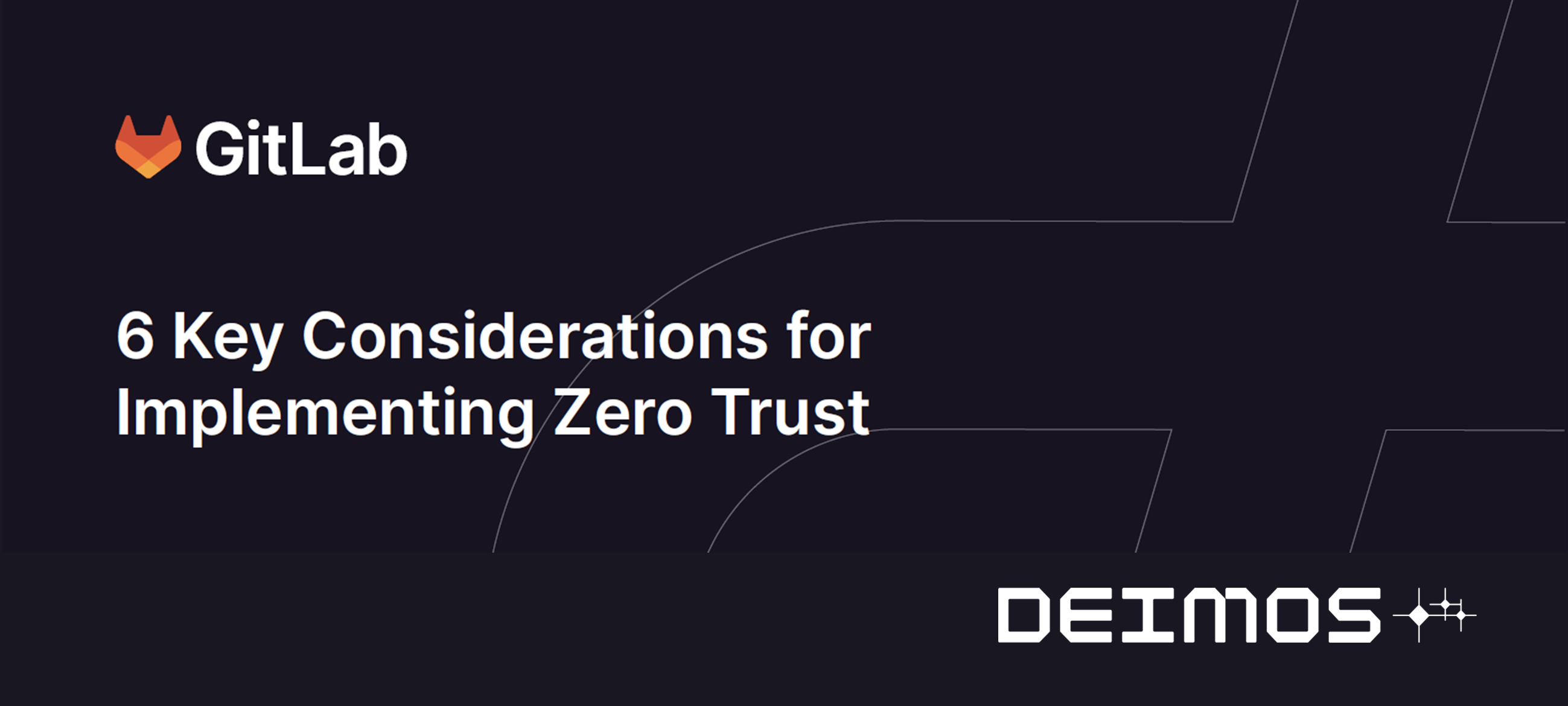6 Key Considerations for Implementing Zero Trust
The race for government agencies to achieve Zero Trust security goals has officially begun. The Office of Management and Budget (OMB) has mandated that all agencies must be c...
21/11/2023 | 2 Minute Read

The race for government agencies to achieve Zero Trust security goals has officially begun. The Office of Management and Budget (OMB) has mandated that all agencies must be compliant with The Federal Zero Trust Strategy by the end of FY 2024. The OMB mandate has a broad reach with a trickle-down effect on state and local governments, including educational institutions in the form of the CISA Cybersecurity Framework and available budget for cybersecurity.
Because all agencies, vendors, and education institutions are responsible for protecting data, Zero Trust is mission critical. But what exactly is Zero Trust and how do you begin to implement it?
The concept of Zero Trust has existed in the software industry for some time. It is based on the idea that no device, user, or application attempting to gain access to a system should be assumed to be secure. This aligns with modern application development and DevSecOps, shifting security left to ensure a secure end-to-end software supply chain — securing the speed to mission.